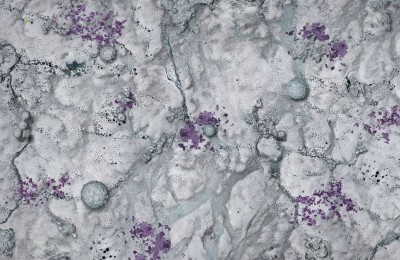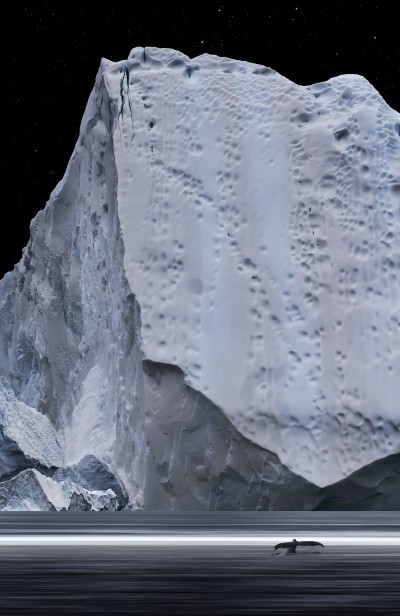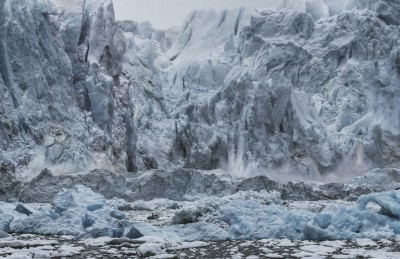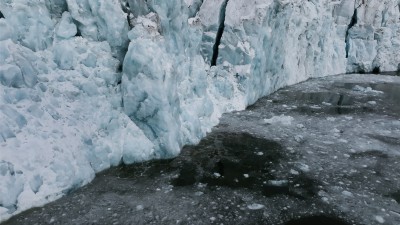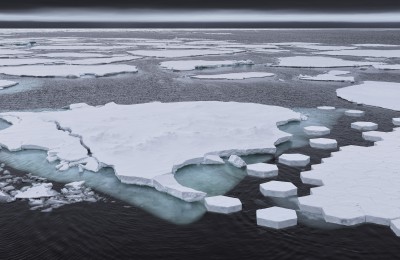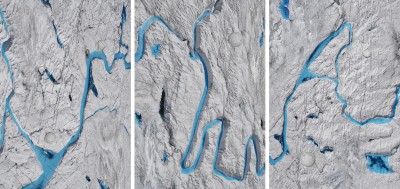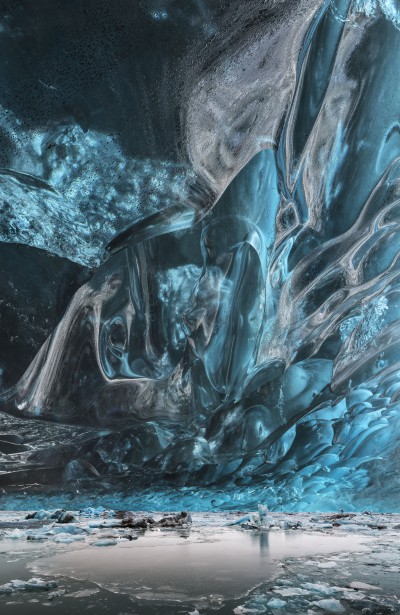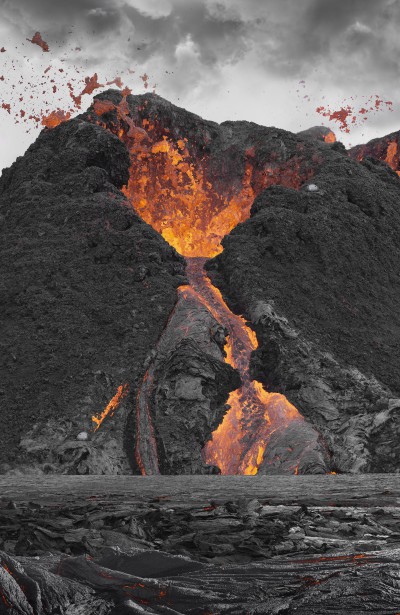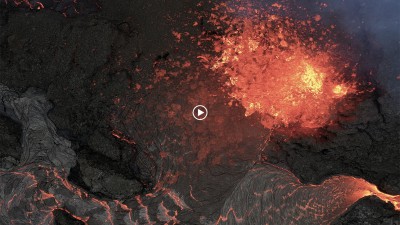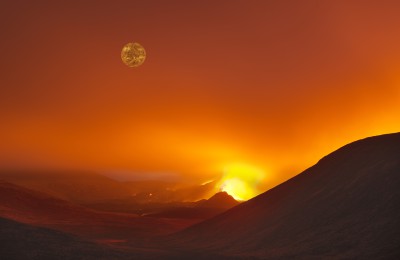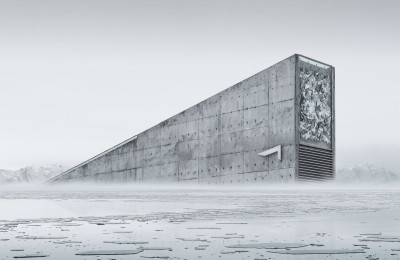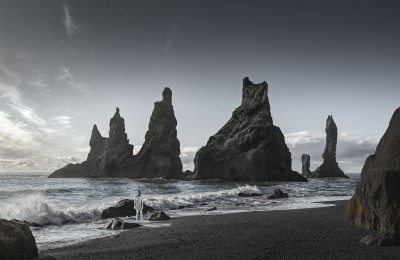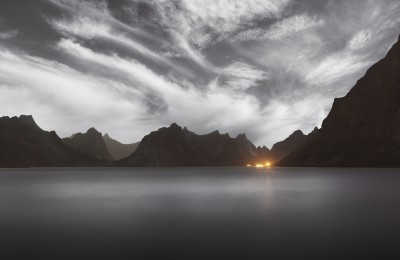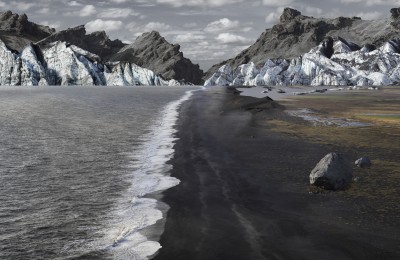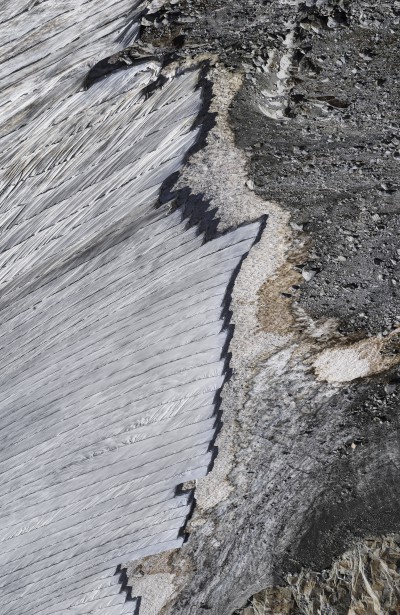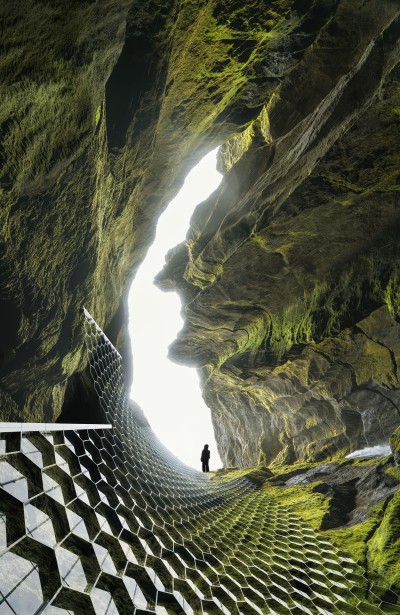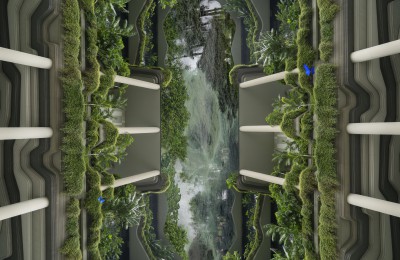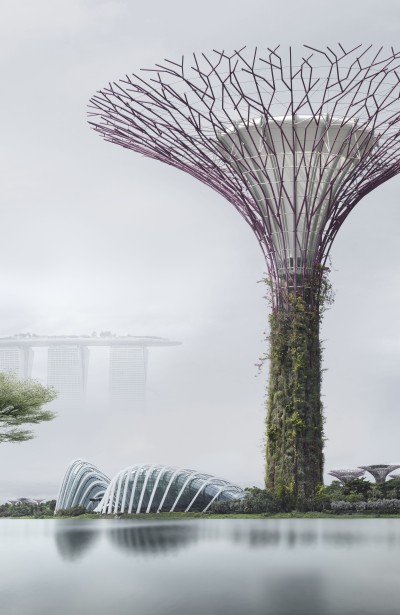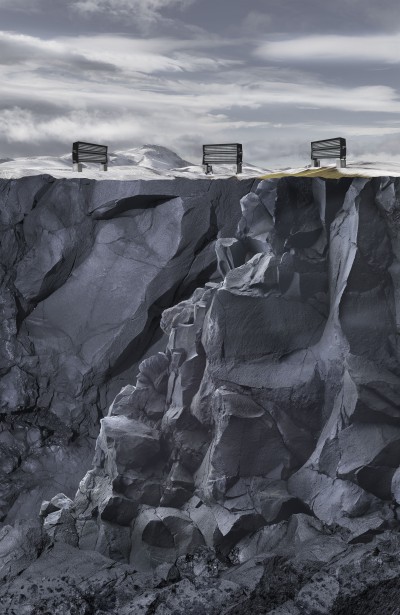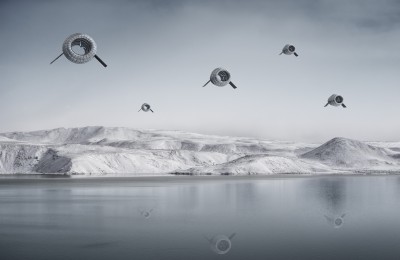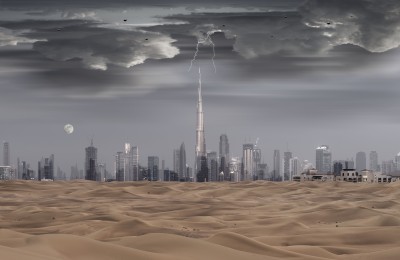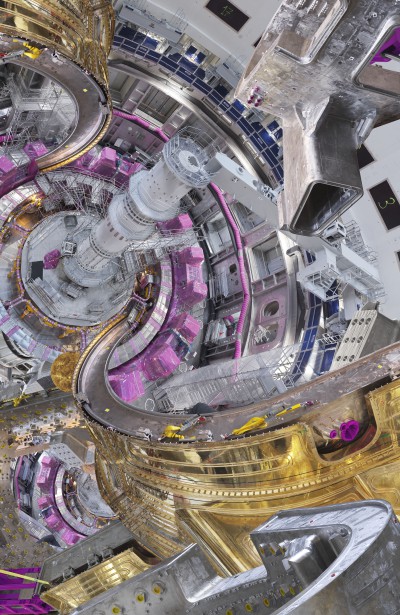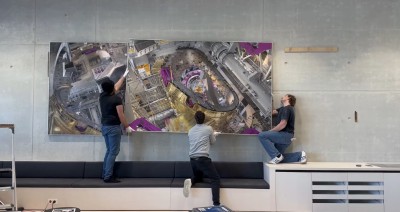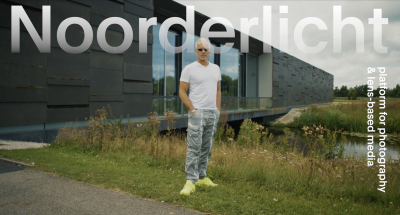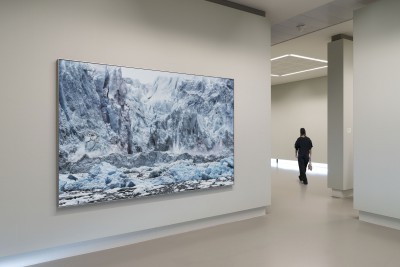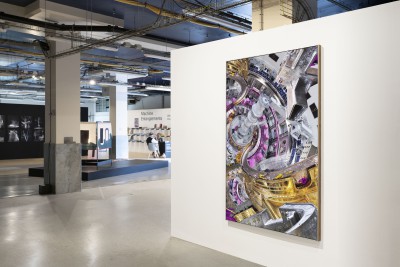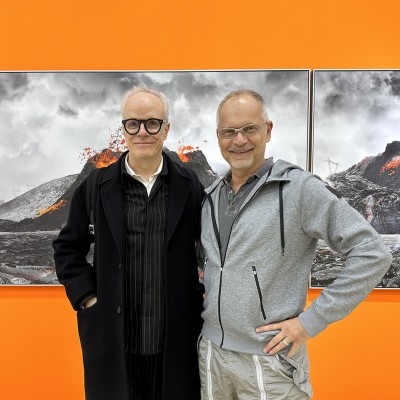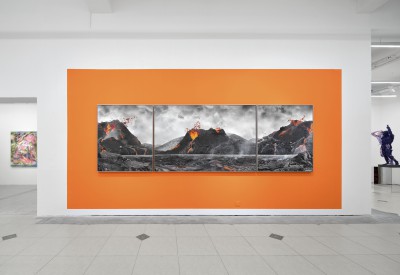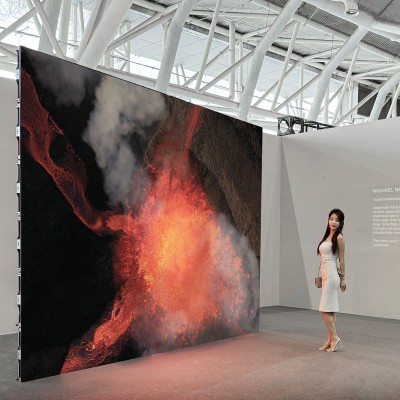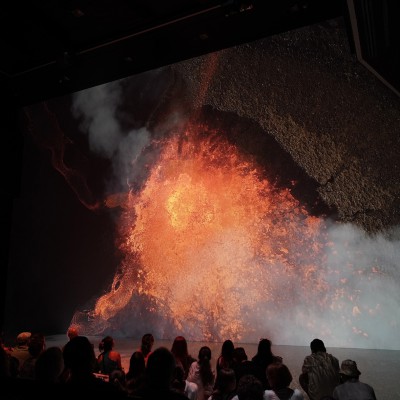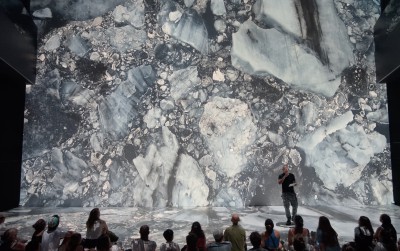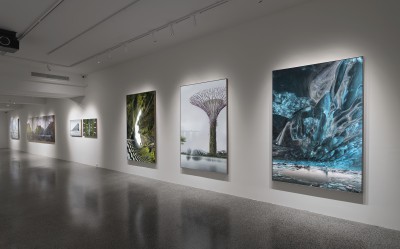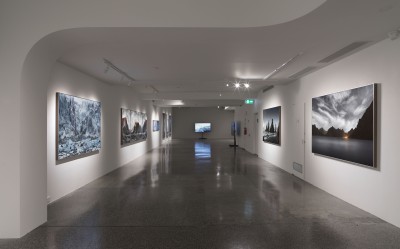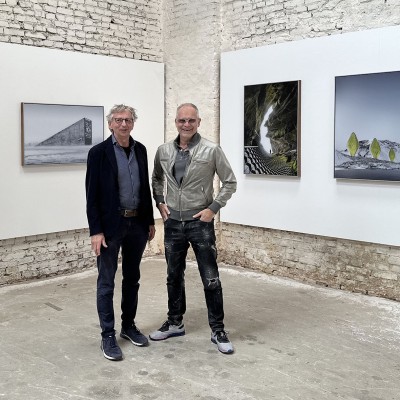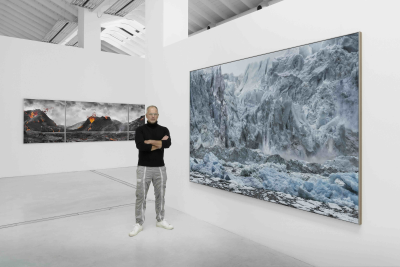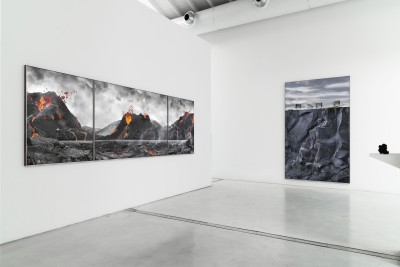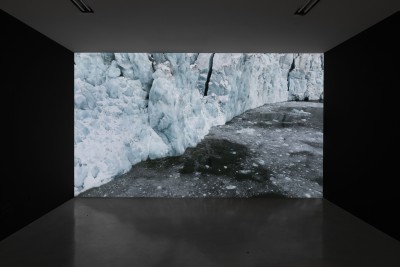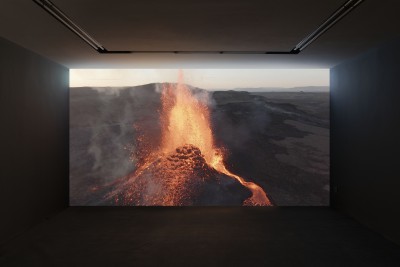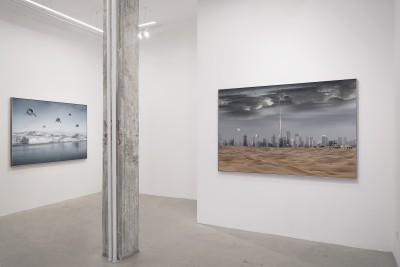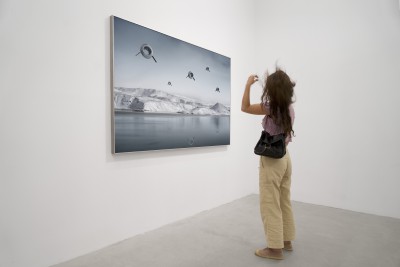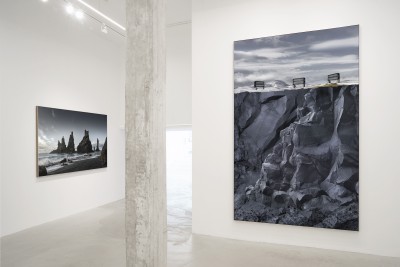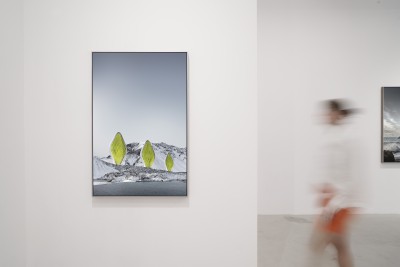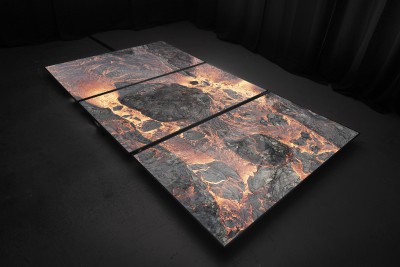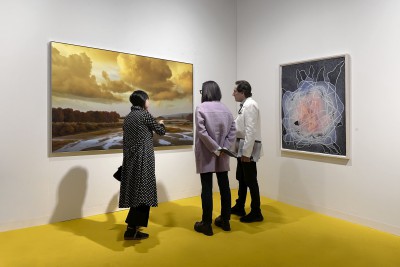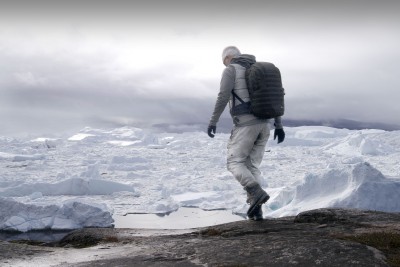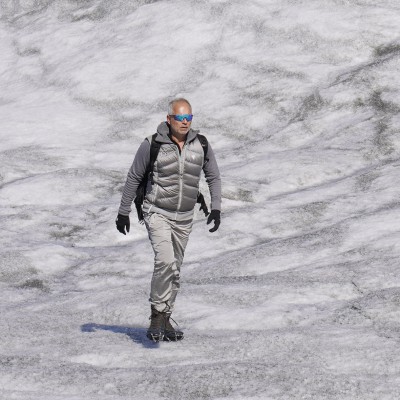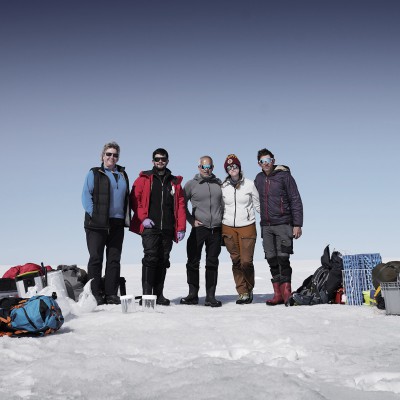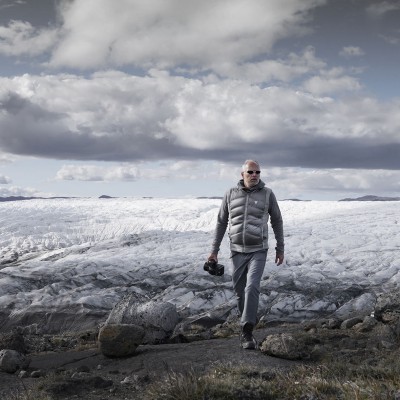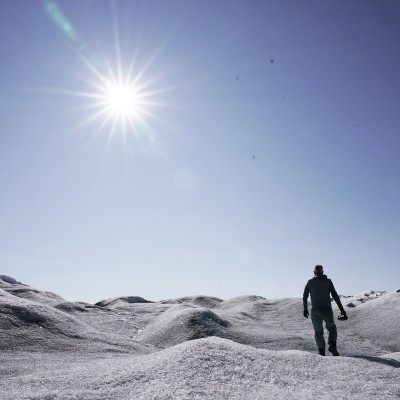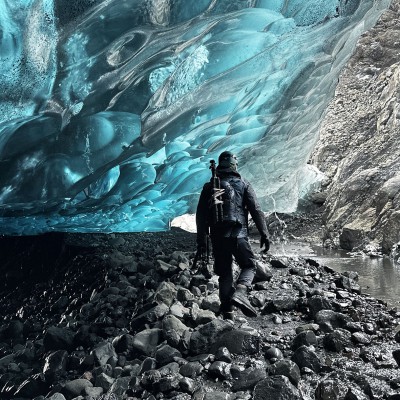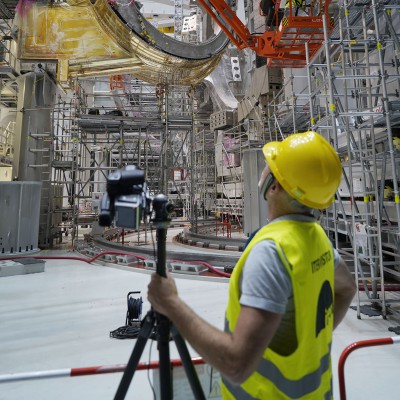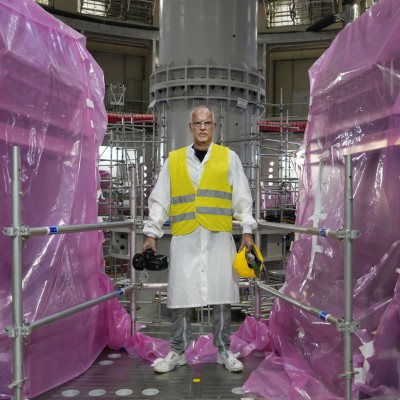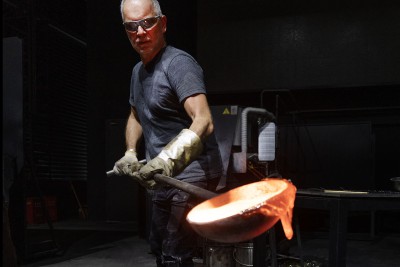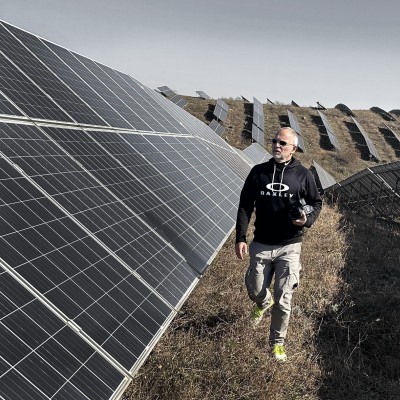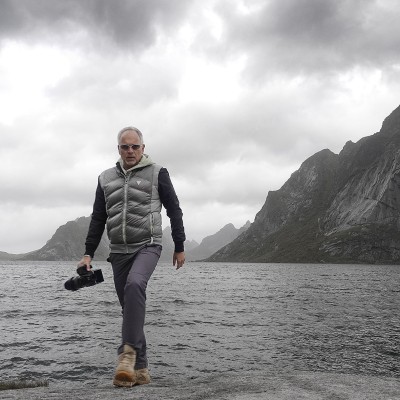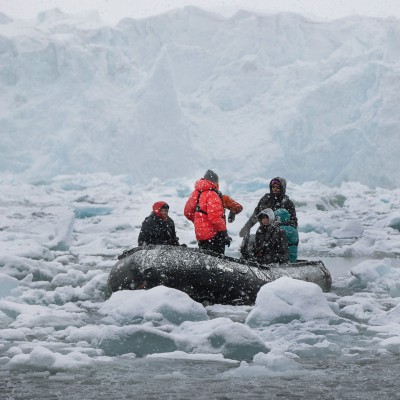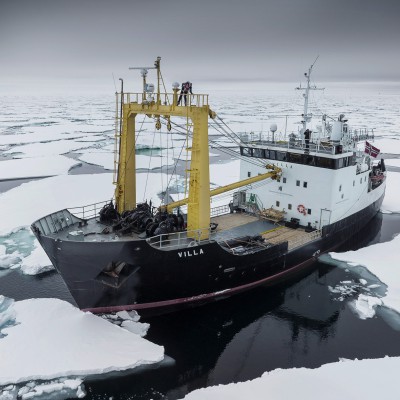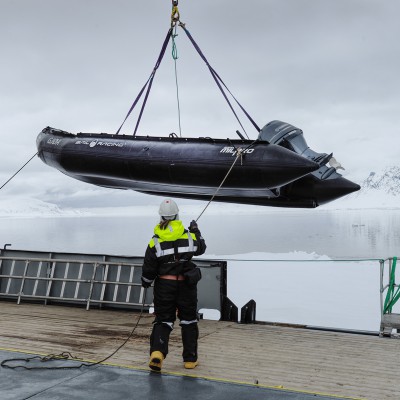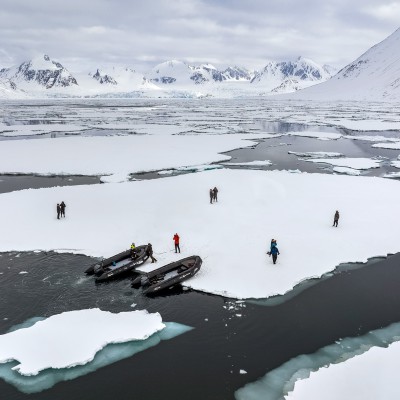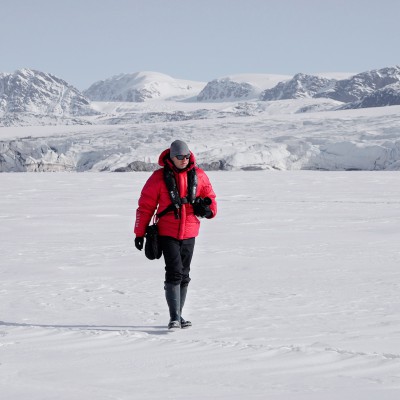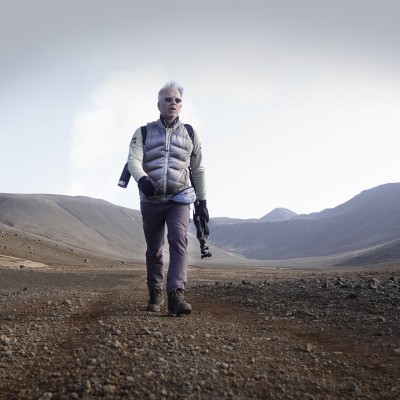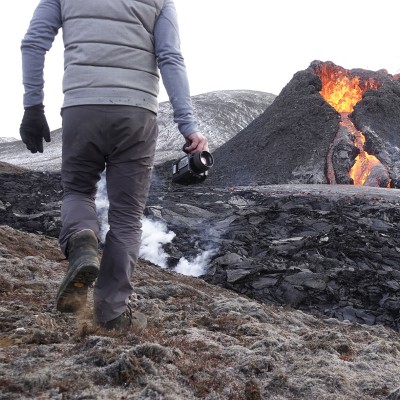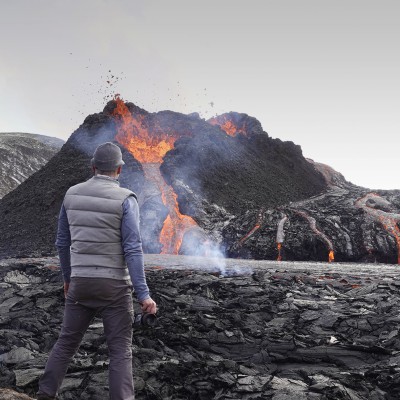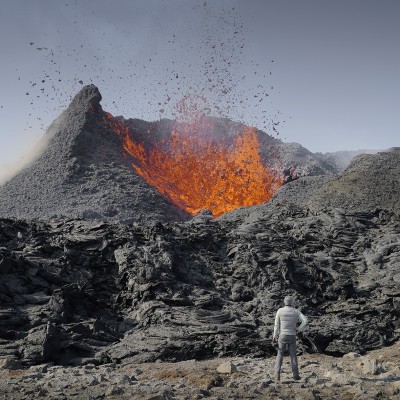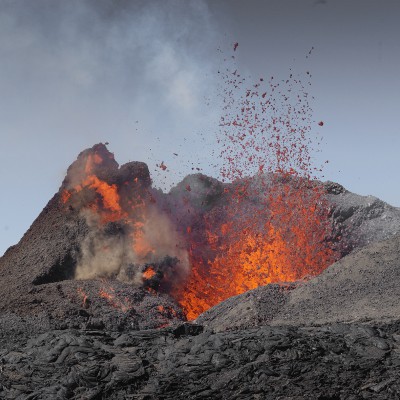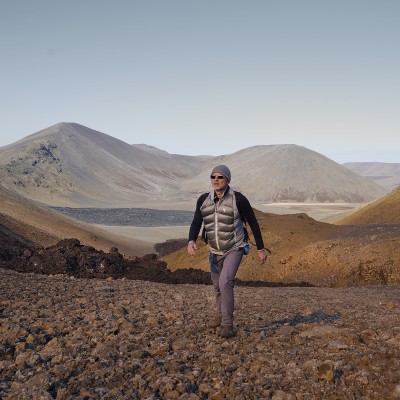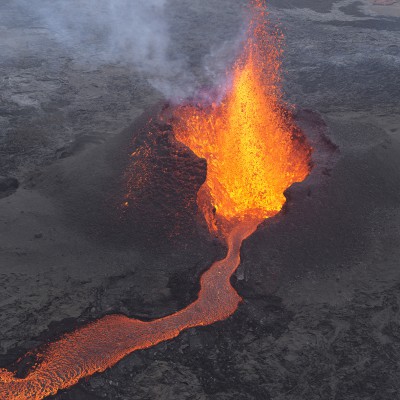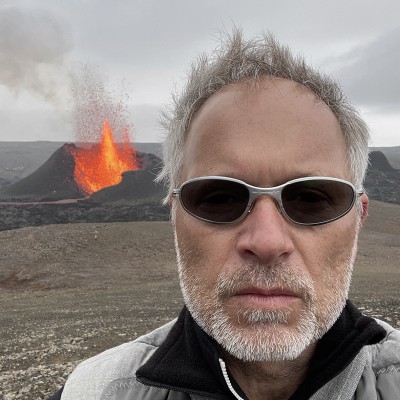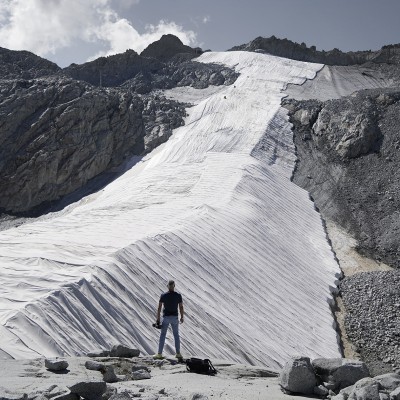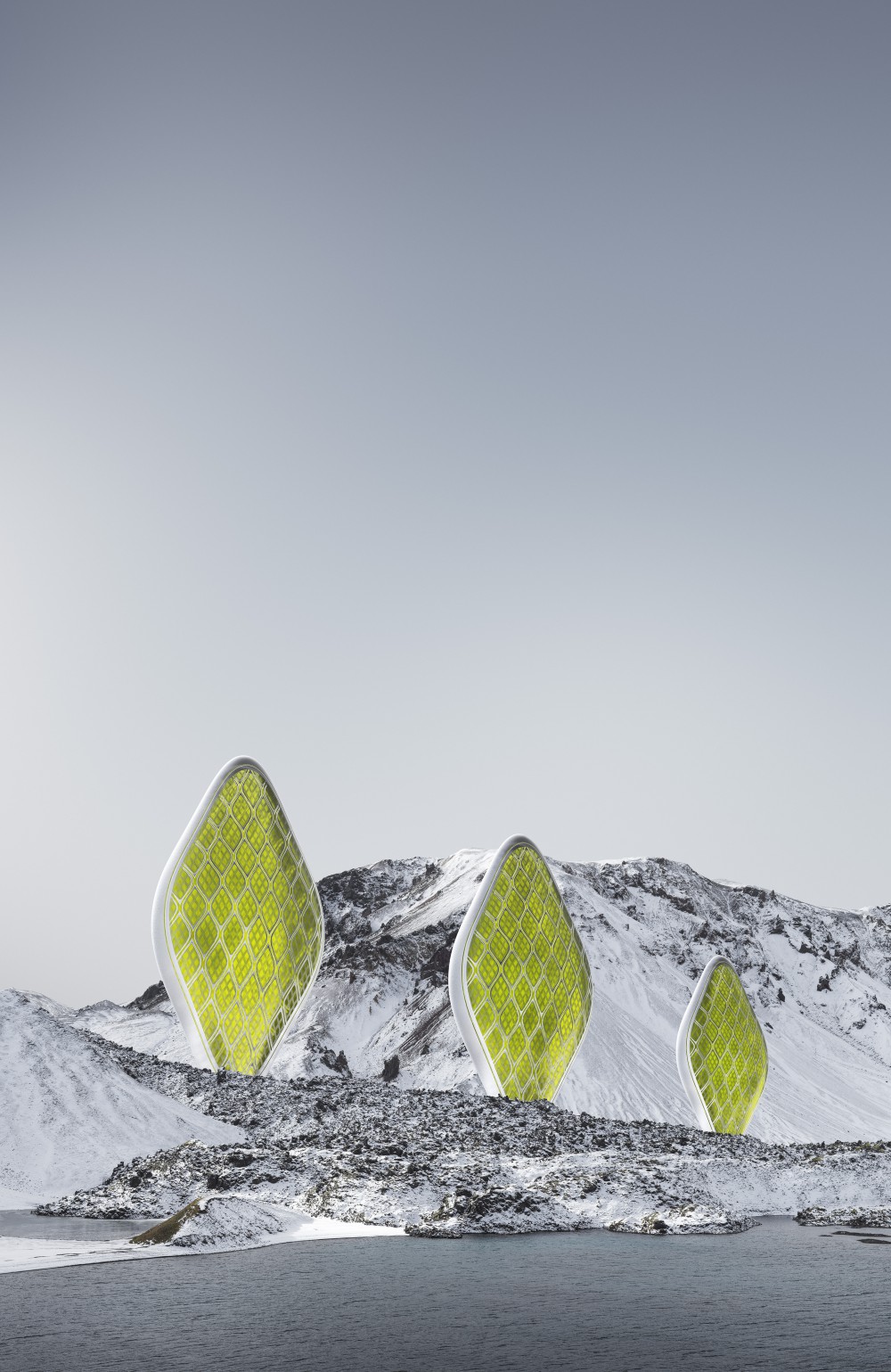
silk leaf
Format 1: 202 x 132 cm / 79.5 x 52 in, edition of 6 + 2 AP
Format 2: 102 x 67 cm / 40.2 x 26.3 in , edition of 6 + 2 AP
Hybrid photography, archival pigment print, aludibond, diasec, custom-made wood / aluminium frame
At a time when CO2 emissions are still rising exponentially, innovative solutions for the removal of greenhouse gasses from the atmosphere are becoming ever more important. Scientists and researchers are attempting to transfer the efficiency of natural processes to new sustainable technologies. One of the most spectacular of nature’s inventions is photosythesis. Up to about 3.5 billion years ago, life on Earth was limited due to the high concentration of toxins in the atmosphere. This changed when organisms evolved that were able to produce oxygen through photosynthesis when exposed to light. Photosynthesis is a chemical reaction that enables organisms to convert water and CO2 into glucose and oxygen using light energy. Inspired by these natural mechanisms, the London designer Julian Melchiorri has developed a biological material whose raw materials come from silk proteins and plant chloroplasts. His aim was to create a system that could reduce the carbon dioxide content in the air. Only visible light and water are needed for this process. It is an invention that holds out the promise of unprecedented possibilities and applications. In both, indoor and outdoor settings, the artificial leaf could be used on a grand scale as a CO2 absorber.
The artwork “silk leaf” visualises the novel technology of artificial photosynthesis. It is inspired by Melchiorri‘s invention and other extensive research in this field that is still in the prototype stage. The composition of the landscape is made up of a partly snow covered mountain range, a lake and a milky blue sky. In the middle of this landscape stand three gigantic objects that resemble sculptures – artificial leaves generated by 3D software. Sun beams penetrate the green shimmering semi-transparent surface of the three objects, making them glow. The viewer’s gaze glides over the surface of the lake in the foreground to the futuristic, green-glowing leaves up into a cloudless clear sky that takes up the whole of the upper part of the picture. We are still a long way off from scaling artificial photosynthesis up to such a scale, but the first steps along the way are already being taken. Artificial photosynthesis can be an important tool along the way to a negative emissions budget. Nature itself can be the greatest source of inspiration for the development of such novel technologies.
